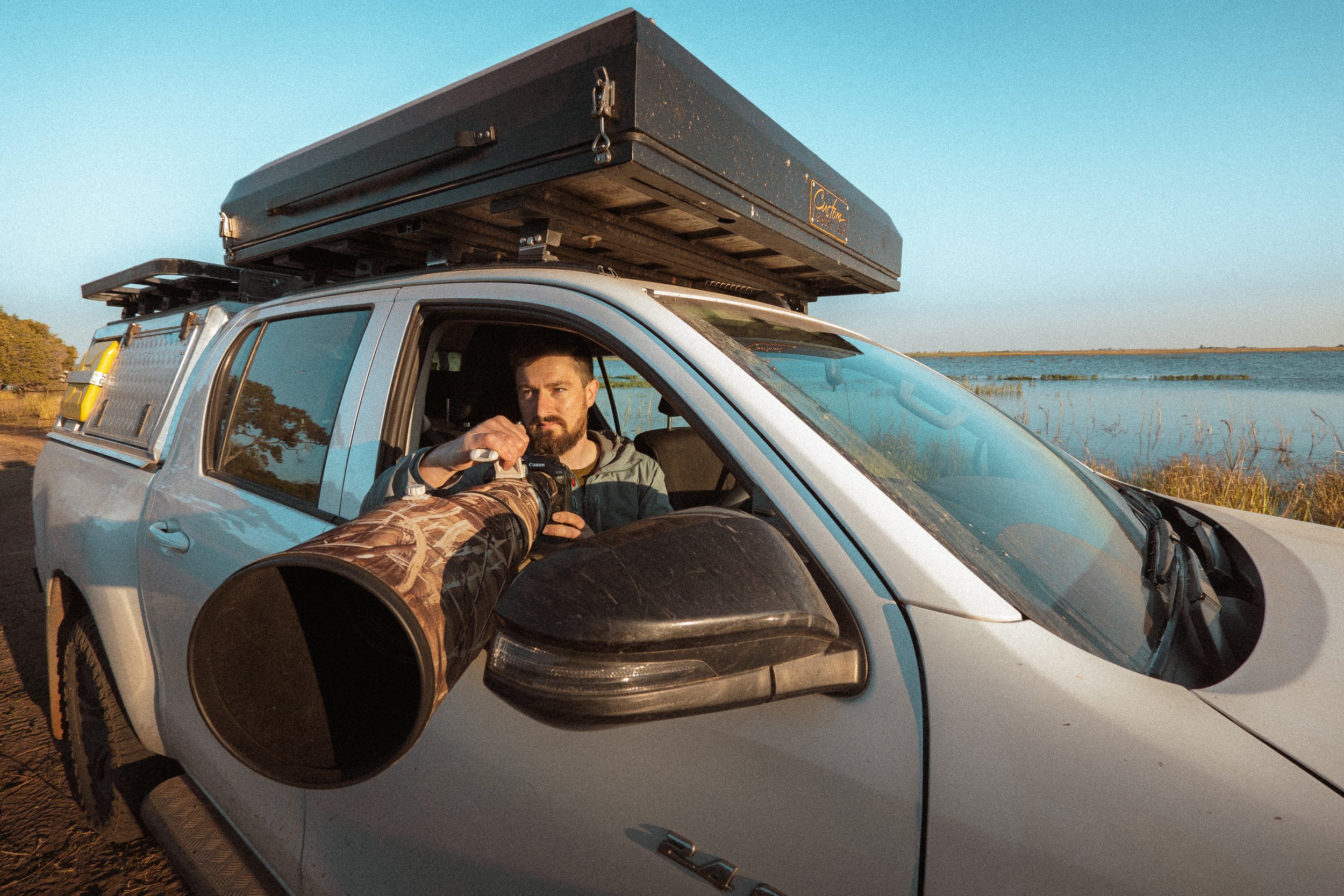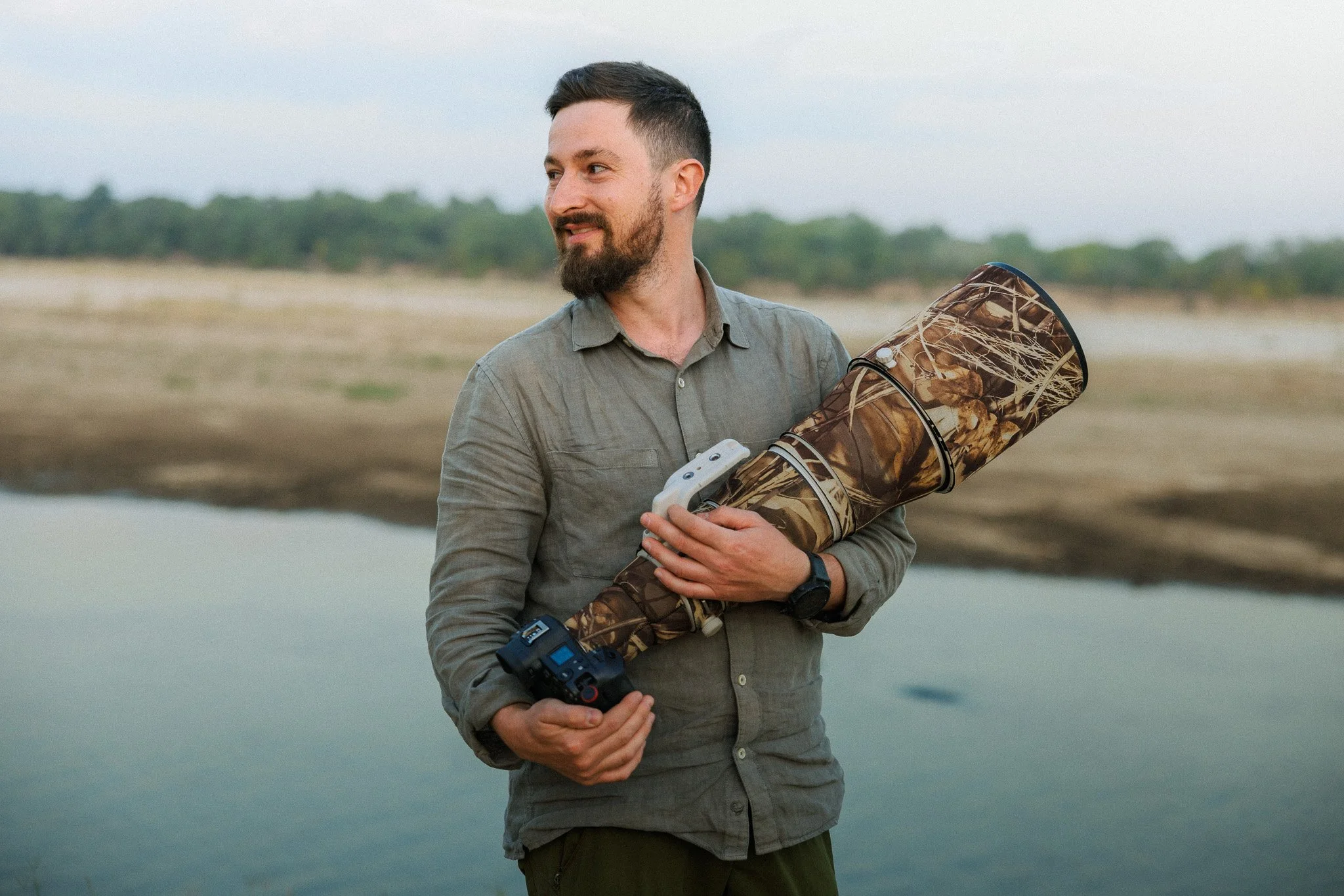I get it. It’s tempting. A new camera body drops and the internet explodes — YouTube hands-on reviews, pixel peeping on forums, and everyone asking, “Is this finally the one that will make my images better?”
I’ve been there. As a wildlife photographer who spends months each year in raw, demanding environments it’s natural to crave the best gear. But here’s the truth: I haven’t upgraded my main cameras in over four years. And I don’t feel like I’m missing out.
In fact, I think the obsession with upgrading is distracting many photographers from what really matters: being in the field, learning, and practicing the craft.
Why I’m Still Using “Old” Gear
Let me be clear — I’m not anti-gear. I love testing new equipment. I still geek out over specs. When Canon announces something like the R5 Mark II or the R1, I’m there reading every detail, imagining what it could do in the field.
But here’s the thing…
I’m still shooting with my Canon R5 and R3. The R5 gives me detail and resolution for big landscapes or environmental portraits, while the R3 nails birds in flight and fast action with its insane autofocus speed. Together, they’ve covered 99% of what I do — and never once have I come home thinking, “This camera was the reason I missed the shot.”
Instead, if I blow a moment, it’s usually because:
I didn’t anticipate the behavior.
I was too slow to react.
I used the wrong settings.
I got lazy in composition.
None of these things would be fixed by upgrading to a newer body.
Innovation Has Slowed — and That’s a Good Thing
Remember the mirrorless boom just a few years back? Every new release felt revolutionary. Sensors, stabilization, eye autofocus — everything jumped forward in huge leaps.
Now we’re in a refinement phase. The R5 II has better noise control, pre-shoot features, some added frames per second. Useful? Sure. Essential? Not for most of us.
I’ve seen it play out over and over: a client shows up on a workshop with the newest gear but lacks the confidence to react to a leopard sprinting across the frame. Meanwhile, someone with a 5-year-old body nails it because they’ve put in the reps. They know how to read the animal. They’ve studied light. They don’t panic with fast action.
That’s what makes the difference. Not whether your camera shoots 20 vs 30 frames per second.
A Better Investment: Real-World Learning
Here’s the unpopular but honest opinion: if you’ve got 4k to spend, a new camera body is not the best use of that money.
You’ll get more value — more growth, more connection, more creative fire — by joining a workshop or a guided trip.
When you travel with someone who’s been where you want to go, something changes. You ask better questions. You get live feedback. You watch how light is used, how moments are anticipated, and how technical decisions support a story.
You get challenged, gently but persistently, to see differently.
That’s the kind of investment that stays with you. It reshapes how you approach every image you take from that moment forward.
📍If This Resonates…
Spots just opened for my upcoming Namibia and South Luangwa workshops — and they’re filling faster than usual.
These trips are designed around real photographic immersion. Small groups. No rushed itineraries. Lots of time to practice, ask questions, and get out of auto-pilot mode.
When Should You Upgrade?
Let’s be fair — sometimes, a gear upgrade is the right move. Here’s when I’d consider it:
You’re still using a DSLR and struggle with moving subjects — mirrorless autofocus is a game-changer.
Your current body is unreliable or can’t handle what you throw at it (weather sealing, frame rates under 8 fps, noise getting crazy at 1600 ISO, buffer, etc.).
You truly need improved video specs for professional work.
But if you already own a mirrorless camera that works reliably, delivers decent resolution and good autofocus… pause before hitting that buy button.
Ask yourself: What’s really holding me back?
A landscape I shot with Nikon D90 and a kit lens, 2013.
It’s About How You Use the Tool
I was sitting in a hide in Slovenia when all this really clicked. I was waiting for brown bears to emerge — low light, tight quarters, no second chances. And I realized: all the tools I needed were already in my hands. No spec sheet could replace preparation, patience, and perspective.
A new camera won’t teach you to anticipate a bear stepping into golden light. It won’t teach you to hold off clicking until the composition sings.
But a workshop will.
So the next time you feel that urge to upgrade, maybe stop and ask: Am I buying a solution, or avoiding the work of becoming better with what I’ve already got?
Watch the full story here
📘 Free Wildlife Photography Guide
If you’re serious about improving — not just your gear but your skills — I’ve also put together a free 100-page PDF full of the basics I wish I had when I started.
It’s helped hundreds of photographers already. Might help you too.
















